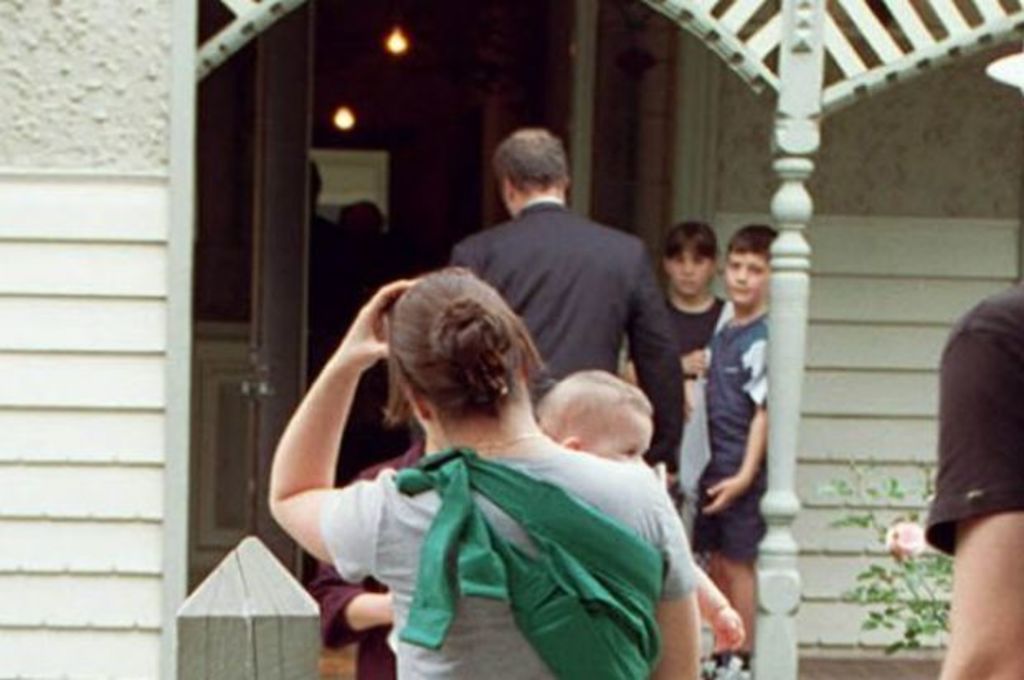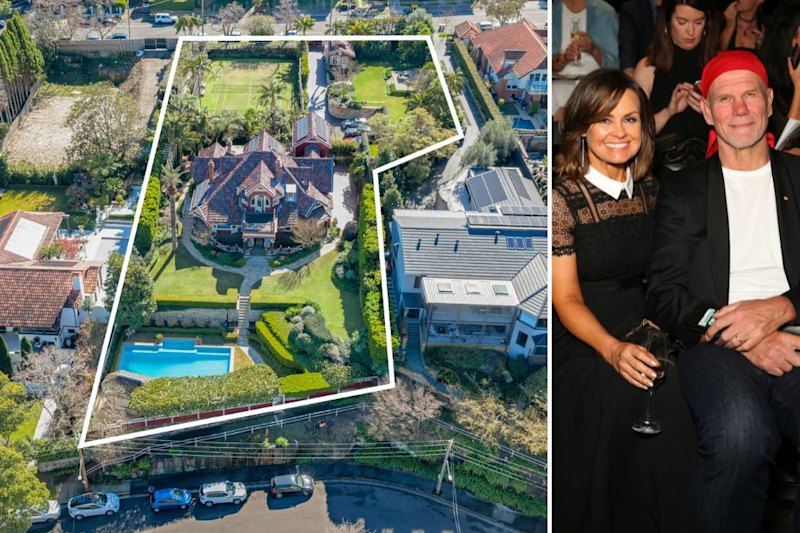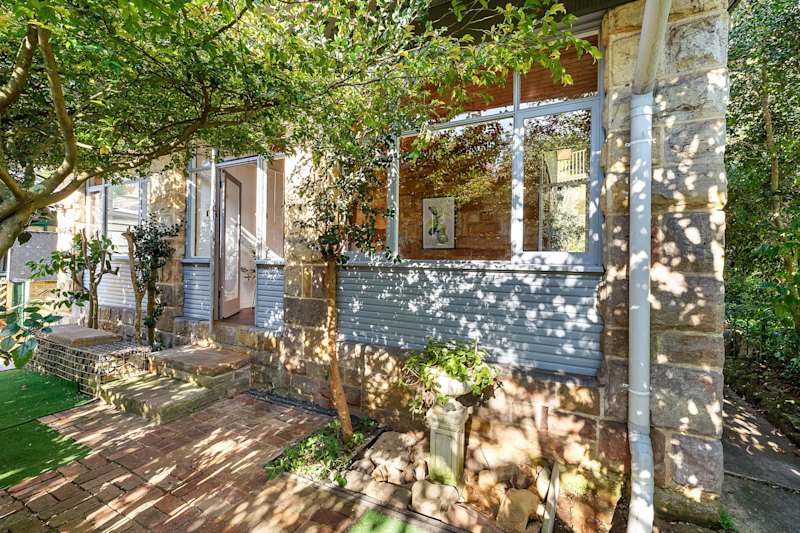Design Matters: Lack of choice impacts downsizers and first home buyers

Tony Trobe and an anonymous first home buyer discuss how downsizing and zoning restrictions affect young Canberrans looking for a home.
TT: Thanks for writing in, in regard to the ageing-in-place issue. You read my recent piece bemoaning the lack of choice for downsizers in Allhomes and mention a different demographic that also has an interest in the same issue. What is your idea?
A: Firstly, I apologise but due to my employment I can’t provide public comment on anything that can be seen to touch on “political” matters so thank you for letting me do this anonymously.
TT: Recent sales of the Mr Fluffy blocks seemed to have resulted in a feeding frenzy that leaves a large portion of the community out in the cold.
A: Indeed, my fiancée and I are Gen Y first home buyers and are consistently outbid at auctions by investors. As you mention, there is an ageing population residing on large blocks that wish to downsize but don’t want to leave their local area. Many would like to knock down and build a new home but their capital is tied up in their land. Often downsizers’ children are being priced out of the market like we are.
TT: It doesn’t look like the zoning laws are likely to change in the near future due to a lack of political will. Is it just a matter of waiting for the glacial change to come into effect?
A: Perhaps not. If a push to have zoning laws amended for larger-scale developments “in loco” is denied, my thoughts were that perhaps there could be “zoning concessions” made for downsizers looking to team up with first home buyers to have new, dual-occupancy homes built. My understanding is the current zoning laws don’t make it favourable to build two houses on the one block with only a limited percentage of the block available for use. If this could be amended so a modern design with two energy-efficient houses sitting side by side could be built without affecting street appeal, there would likely be a lot of interest, and it would be more palatable for the government if they were helping retirees, first home buyers and housing affordability.
TT: So How would this work in practice?
- Related: NSW stamp duty concessions lure Canberrans
- Related: Houses unaffordable for first home buyers
- Related: Dual-occupancy homes hindered by restrictions
A: An example would be downsizer X has an $800k parcel of land. First home buyers Y can borrow $800k for their first home. A contract is agreed on, the old house demolished and two new houses are built on the existing parcel of land, paid for by the first home buyers. Both parties get a new home and the first home buyers don’t have to compete with investors or commute to work from the far outskirts. The population density closer to the CBD would also increase, making it a more vibrant place to live and visit.
TT: This would still need a change in the rules? So I guess you are really just asking for the highly restrictive plot ratio formulas in the greater proportion of the suburban area to be rethought as a “concession” or just return to the permissible situation that applied about 15 years ago?
A: Look, I am no expert in the planning rules and I’m sure there are details I am unaware of that would make this unfeasible but it’s food for thought. If there was such a service available to facilitate this then we would be signing up to find someone to partner with. We could kill two birds with one stone with just a little imagination from the policymakers.
Tony Trobe is director of the local practice TT Architecture. Is there a planning or design issue in Canberra you’d like to discuss? Email tonytrobe@ttarchitecture.com.au
We recommend
States
Capital Cities
Capital Cities - Rentals
Popular Areas
Allhomes
More







